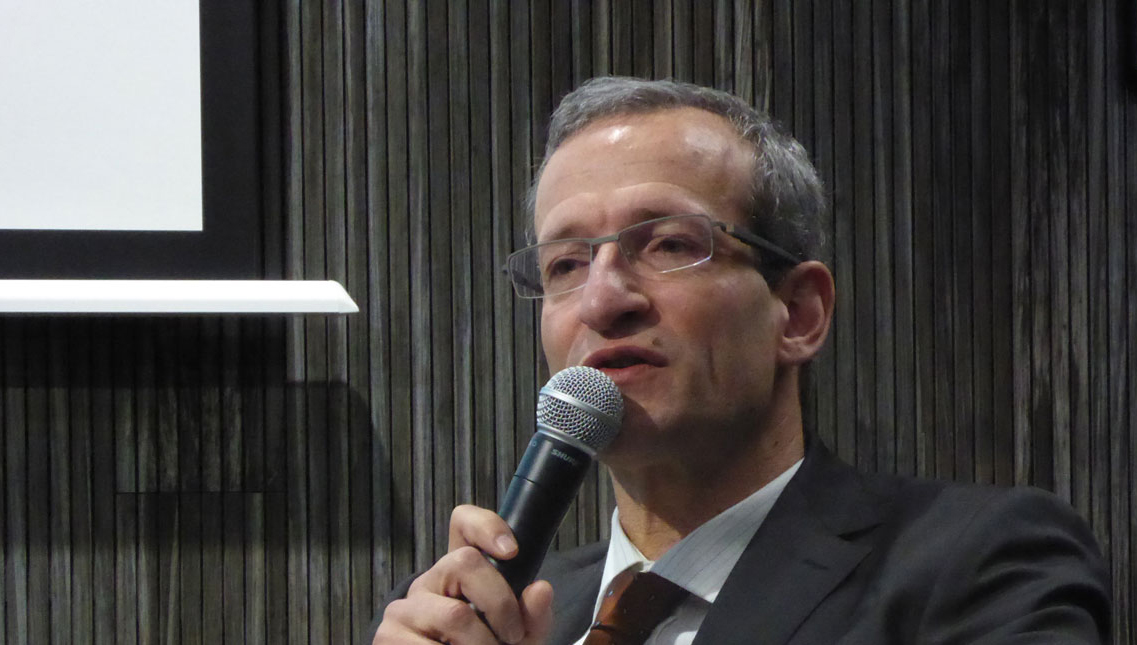


How is methanization a future-‐proof technology?
Xavier Passemard: “Methanization is a technology based on a natural process: the degradation of organic matter by micro-‐organisms, under controlled conditions and in the absence of oxygen. This produces biogas, mainly composed of a gas with high-‐energy potential: methane. The treatment and purification of biogas lead to the production of bio-‐ methane that can be injected into the distribution or transportation networks”.
What are the optimum conditions for the creation of a biogas plant?
Xavier Passemard: “The biogas plant of Mortagne-‐sur-‐Sèvre, in Vendée (France), inaugurated in June 2014 by Gérard Mestrallet, in the presence of Damien Roy, CEO of Agribiométhane, is a good example of a successful project. Launched by a group of ten farmers, supported by a project leader and representing 4 different farms, it allows the treatment of 21.000 tons of substrates, more than 70% of which comes from livestock manure, as well as 6.000 tons of organic wastes coming from the food industry. Production should reach 1 million m3 of raw biogas and provide heating to 500 households. As to the digestate, it is used as organic fertilizer and comes as a replacement to chemical ones.
Why launch a call for projects on biogas?
Xavier Passemard: “We aim at enhancing the development of innovative captors that would allow better measurements of what happens inside methanization tanks. Acidity, alkalinity, dry matter, volatile fatty acids’ consumption... We are faced with a complex and corrosive environment requiring complex intervention processes”.
Sign up for the ENGIE Innovation Newsletter